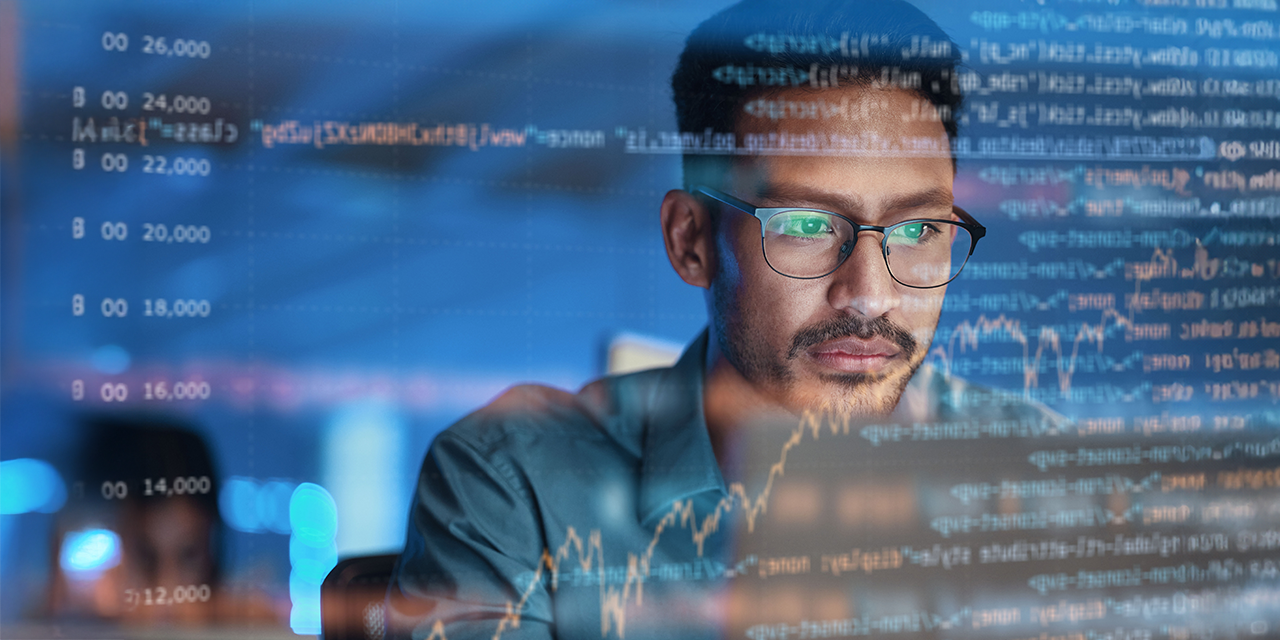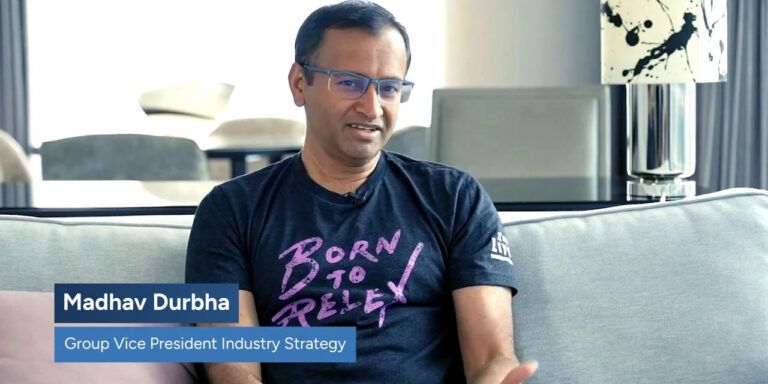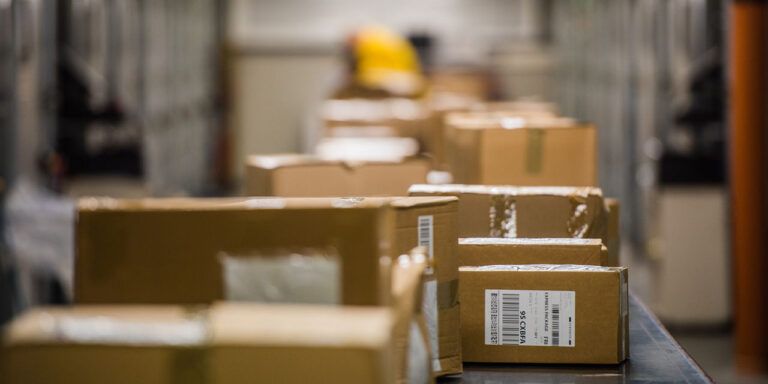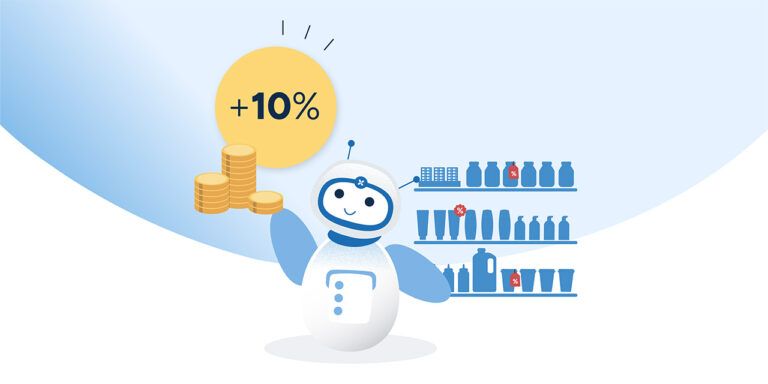AI and sustainability: A perfect match for the future
Oct 16, 2024 • 3 min
Everywhere you turn, someone is discussing AI — it’s the buzzword of the moment. But as you know, when people refer to “AI,” they typically mean systems like ChatGPT and Gemini—generative AI (gen AI) systems that process data and deliver information to users in an easily understandable way, including large language models (LLMs).
Of course, AI isn’t new, but gen AI has suddenly exploded in use cases—and with its higher profile comes a growing concern about how energy-intensive this type of AI can be. The training of an LLM is extremely energy-intensive, while generative tasks like image or text generation are more computationally demanding than the typical classification or prediction tasks we often handle with machine learning (another subset of AI).
The problem is that these discussions may make the average user worried that all AI is energy-intensive and all AI is environmentally harmful—to the detriment of businesses. This is not true.
When it comes to carbon footprint, not all AI is created equal
As my colleague Laurence Brenig-Jones, our VP of Product Strategy & Marketing, notes, “AI is not a one-size-fits-all solution, and there isn’t just one type of AI.” He highlights that there are different types of AI “that perform distinct functions while operating collaboratively for optimal efficiency and profitability.” The issue is finding the right AI for the right task—avoiding using, metaphorically, a 2×4 wooden board to smash a nail into a wall when a hammer would be much more appropriate, less energy-intensive, and better at delivering the best results.
Currently, a single ChatGPT request can consume ten times the energy of a Google search, while according to OpenAI, the computational power required for foundation modeling has doubled every 3.4 months since 2012. So, while gen AI has valuable benefits for business, there’s no arguing that it needs to be used carefully and thoughtfully to minimize the burden on the electrical grid. Businesses cannot simply rely on gen AI to answer every question and solve every issue. When used in this manner, it does waste energy.
Fortunately, as you likely are aware, there are more options under the umbrella of AI. Specialized AI does a specific function, and — when trained on good data — executes it well. Unlike gen AI, specialized AI does not rely on LLMs, which can be energy-intensive and not suitable for most supply chain computations; instead, it uses less energy-intensive machine learning algorithms trained for specific tasks. By synthesizing large amounts of data and learning how to interpret that data over time, specialized AI can significantly improve the end-to-end supply chain performance, from sourcing to manufacturing to inventory levels in stores or warehouses.
Companies have been using specialized AI for years and have been able to fine-tune its usage, systematically training their systems to deliver results that are useful for specific instances. In fact, businesses can partner with thoughtful tech companies that have developed specialized AI to improve sustainability in two ways: on the back end with energy usage and on the front end with waste and CO2.
Embracing AI for a sustainable future
Supply chain tech that uses specialized AI can reduce manufacturing waste within the supply chain by optimizing production plans and scheduling. Specialized AI can also streamline the use of truck space, enable demand sensing, and improve the accuracy of forecasting and ordering to ensure customer satisfaction, improve service levels, and reduce spoilage and/or obsolescence.
At the end of the day, the benefits of specialized AI are so great that the environmental cost of not using it can be much higher than the energy cost of using it. For example, RELEX customers used AI to save 280 million kilograms of food from being wasted, preventing 950,000 metric tonnes of CO2 from entering the atmosphere in just a year.
That’s why the conversation needs to move past just gen AI. Businesses must establish a system of complementary AI capabilities and ensure that they are using the right tool for the right project to create a more sustainable, profitable supply chain and lay the foundation for more cohesive, adaptable AI strategies as technology develops. The key is to use the right type of AI for the right purpose and to work with providers who prioritize energy efficiency and sustainability. By doing so, organizations can improve their bottom line and contribute to a more sustainable future.



